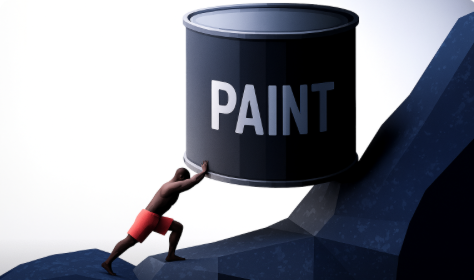As paint dispensers and color-matching equipment age, they often require more frequent maintenance and repairs. While these costs might seem manageable in the short term, they can quickly add up, creating a significant financial burden over time. Here’s an in-depth look at why high maintenance and repair costs are such a challenge for hardware store owners.

Why It Happens
Wear and Tear: Mechanical parts in older dispensers, such as pumps, valves, and motors, naturally degrade over time. Frequent use exacerbates this wear and tear, leading to a higher likelihood of breakdowns.
Outdated Technology: Older machines lack the advanced diagnostic systems found in modern equipment, making it harder to identify problems early. This results in prolonged downtime and costly repairs.
Parts Availability: As manufacturers phase out older models, replacement parts become scarce and expensive. Delays in finding parts can lead to extended periods of downtime.
Manual Maintenance: Older systems often require more manual intervention, such as cleaning, purging, or recalibration. This adds labor costs and diverts employees from other essential tasks.
The Impact on Your Business
- Direct Costs:
- Every repair comes with expenses for parts, labor, and potentially expedited shipping for urgent fixes.
- Frequent breakdowns mean higher cumulative costs over time, making maintenance almost as expensive as purchasing new equipment.
- Lost Sales:
- When equipment is down, customers may leave without purchasing paint or related products like brushes, rollers, or primers.
- Dissatisfied customers might turn to competitors for their paint needs, resulting in long-term revenue loss.
- Operational Inefficiencies:
- Store staff may spend significant time addressing equipment issues, reducing overall productivity.
- Extended downtime during peak sales periods can hurt your business’s reputation and bottom line.
- Customer Dissatisfaction:
- If customers experience delays or incorrect paint colors due to equipment issues, their trust in your store diminishes, potentially affecting future sales.
The Long-Term Perspective
While upgrading equipment might feel like a significant upfront expense, the long-term savings in reduced repair costs, fewer breakdowns, and increased productivity often outweigh the initial investment. Reliable equipment also ensures smoother operations, happier customers, and a stronger bottom line.
Investing in modern, low-maintenance technology, like the Velocity 6 isn’t just an operational decision—it’s a strategic move to future-proof your paint department and maintain a competitive edge.